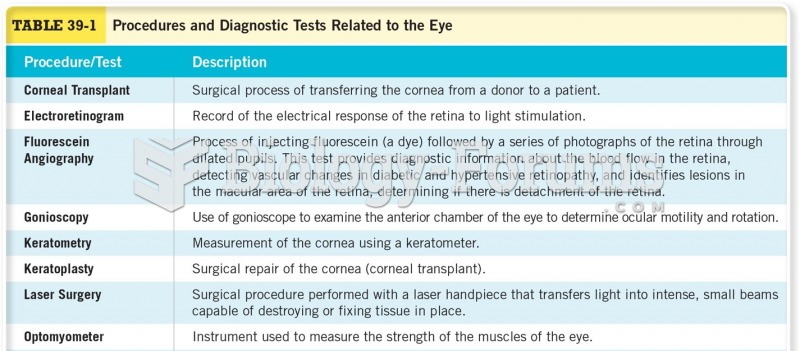|
|
|
Cytomegalovirus affects nearly the same amount of newborns every year as Down syndrome.
The B-complex vitamins and vitamin C are not stored in the body and must be replaced each day.
The top 10 most important tips that will help you grow old gracefully include (1) quit smoking, (2) keep your weight down, (3) take supplements, (4) skip a meal each day or fast 1 day per week, (5) get a pet, (6) get medical help for chronic pain, (7) walk regularly, (8) reduce arguments, (9) put live plants in your living space, and (10) do some weight training.
Bacteria have flourished on the earth for over three billion years. They were the first life forms on the planet.
Autoimmune diseases occur when the immune system destroys its own healthy tissues. When this occurs, white blood cells cannot distinguish between pathogens and normal cells.







